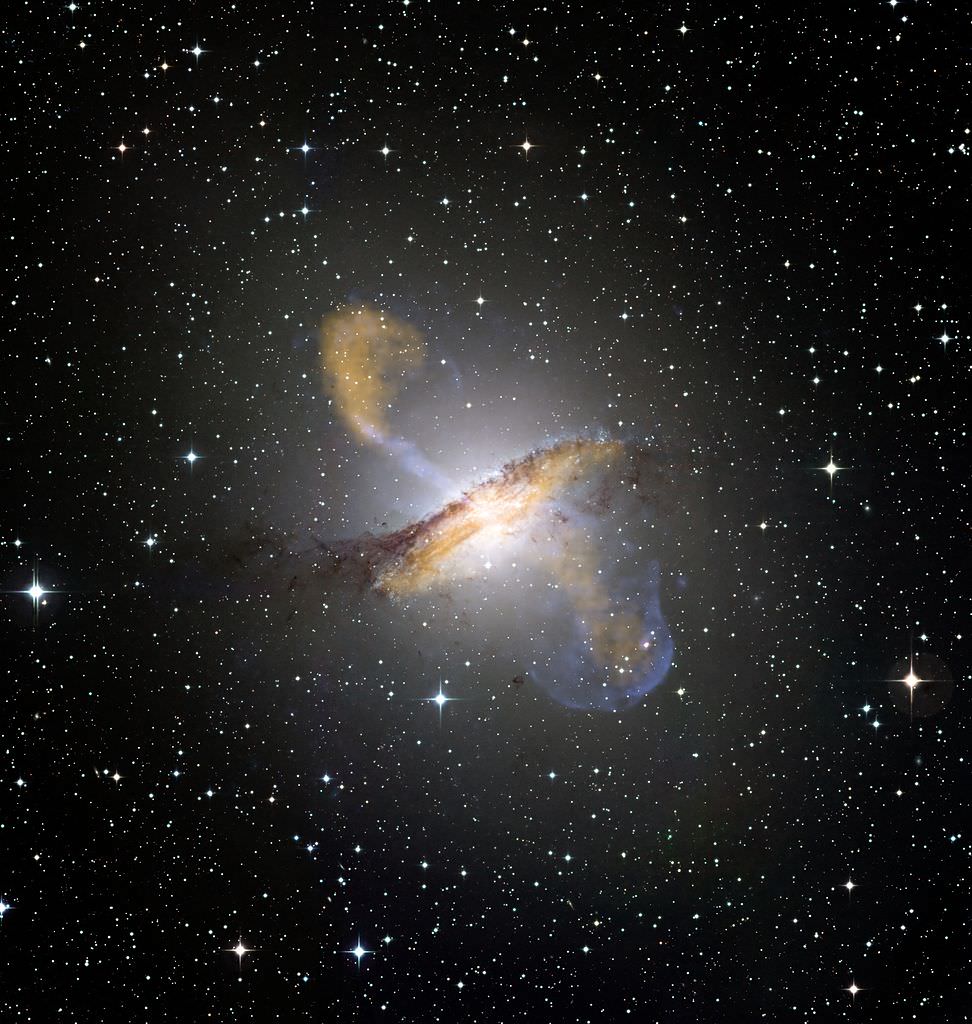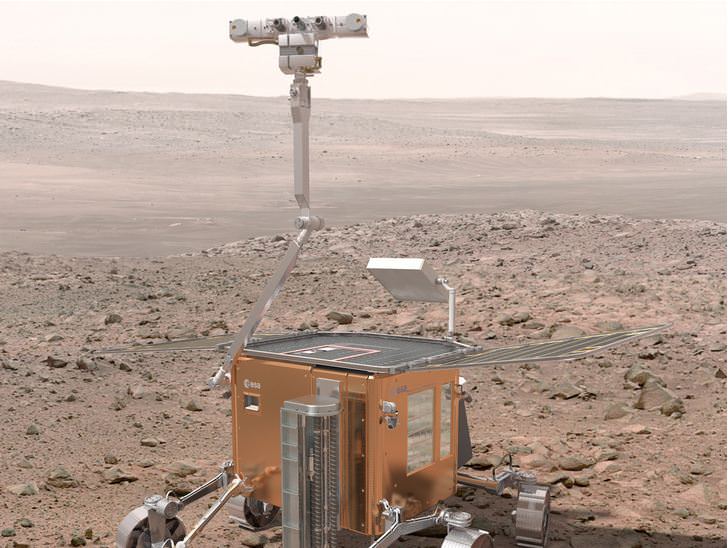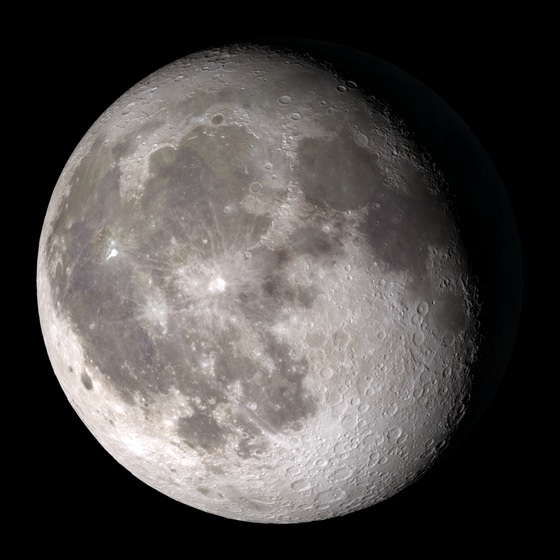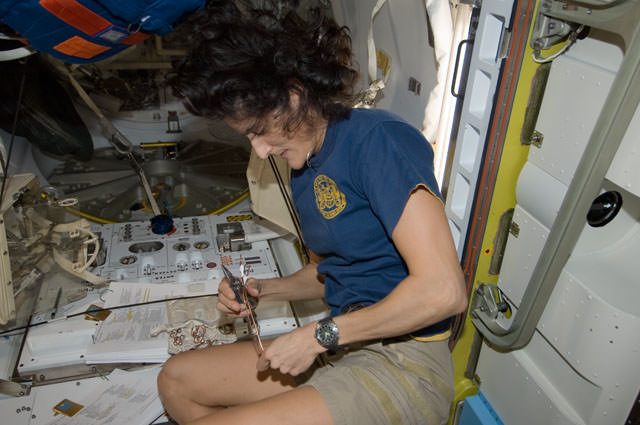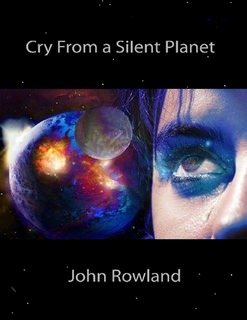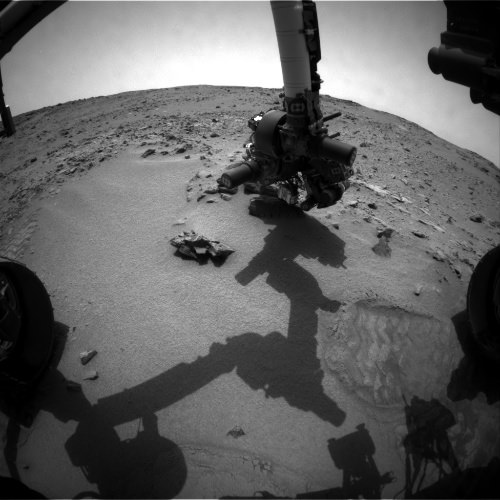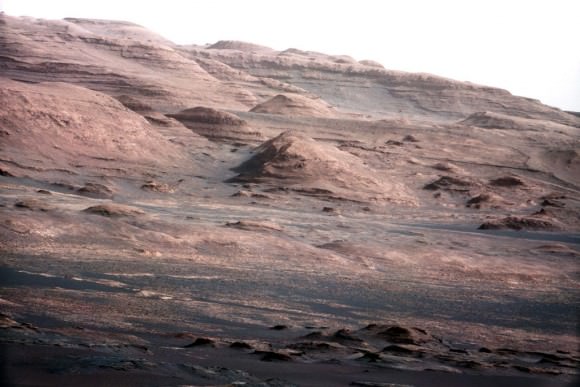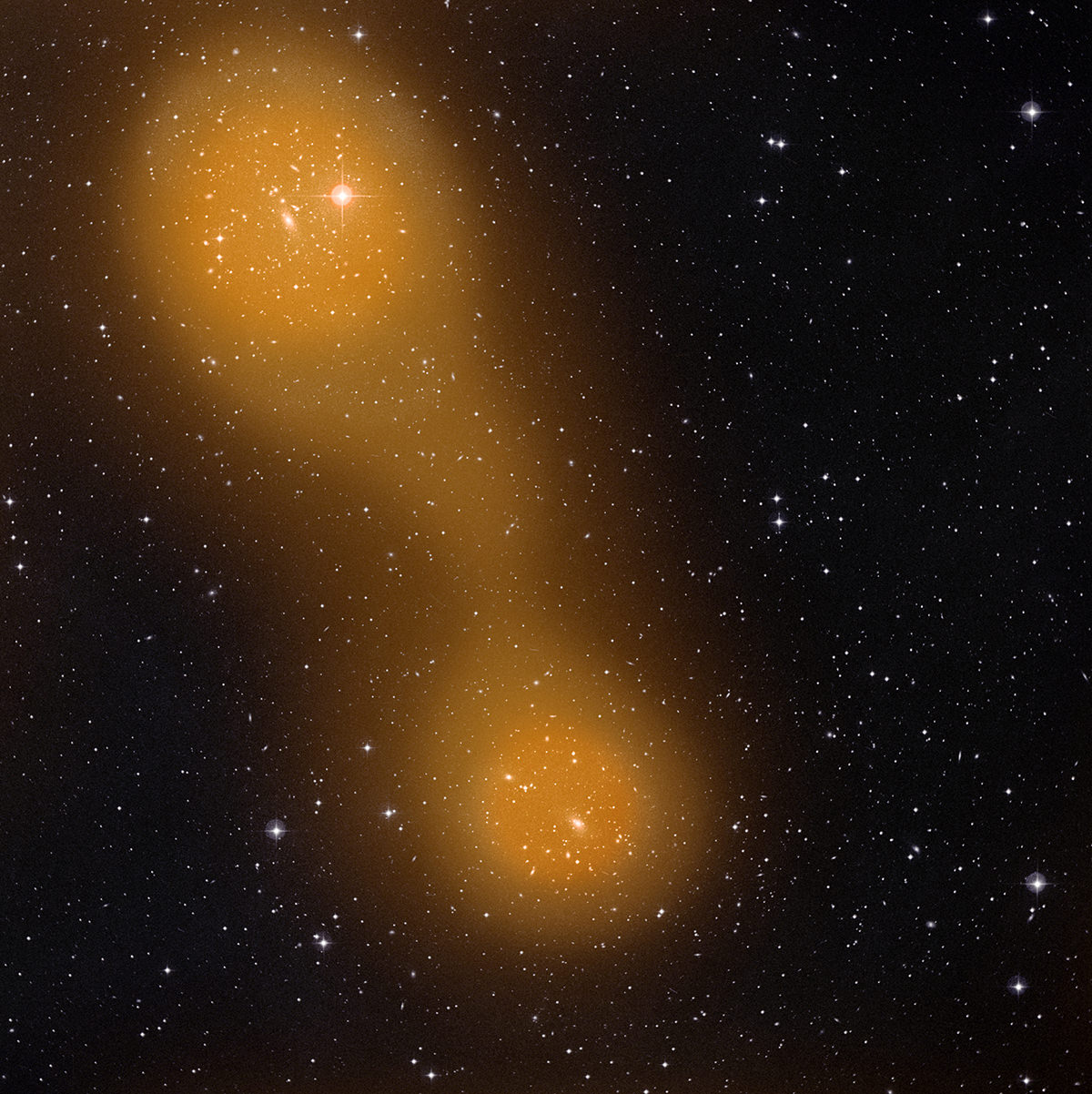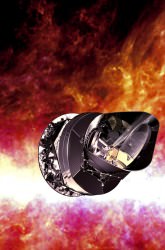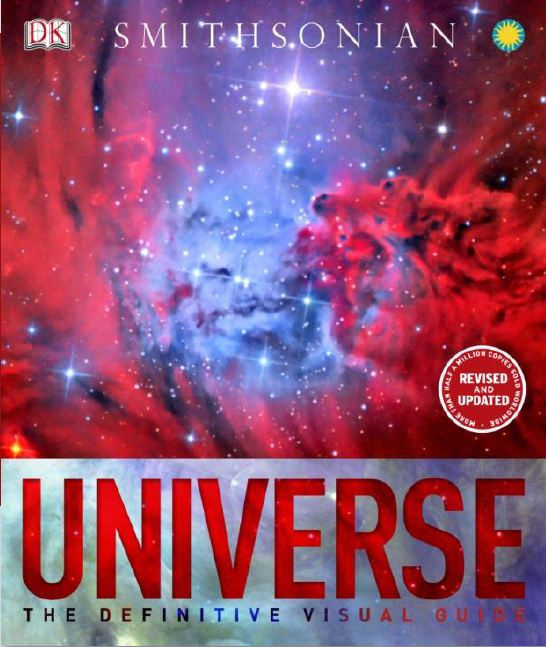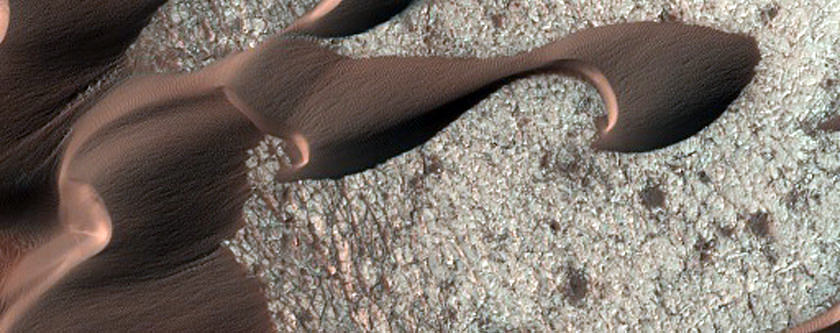For those of you who’d like to brush up on your Astronomy knowledge, or never took Astronomy 102, CosmoQuest has a new online course offering for you!
Following the success of the initial 101-level course (CQX 001: Solar System Science), the newest course offering is “CQX 003: Galaxies and Galaxy Clusters”. Just like the previous course offering, CQX003 is an 8-session, 4-week course, which will explore galaxies, galaxy clusters, and brief introduction to cosmology.
“Planets are cool and all, but I’m an extragalactic girl at heart. There is just NO comparison for studying the way that billions of stars interact in some of the largest gravitationally bound structures in the universe.” said Nicole Gugliucci (CosmoQuest) via the CosmoQuest Blog. “This class will cover all of that as well as what active galaxies are all about, another one of my favorite subjects. Then it will round up with a brief introduction to cosmology which is truly the study of EVERYTHING.”
Once again, the course will be a hybrid online course with lectures taking place via Google+ hangouts, with course assignments and homework assigned via Moodle. The instructor will once again be yours truly, Ray Sanders. For those not familiar with me, I’m a research assistant at Arizona State University, and have written for Universe Today in the past. I also blog when I have time over at “Dear Astronomer”.
In addition to my lectures, there may also be “guest” appearances from astronomers Dr. Pamela Gay, and Dr. Nicole Gugliucci.
“I love my solar system and its amazing planets and moons, but this class will give you a chance to expand your understanding beyond the solar system and explore the limits of what we know about the universe.” adds Georgia Bracey (CosmoQuest). “Beginning back when the idea of other galaxies was still a matter of debate, you’ll journey forward to examine our present-day understanding of how galaxies are formed and evolve, including a look at some of the hot topics in astronomy like dark matter, dark energy, active galactic nuclei, and the geometry of the universe.”
CosmoQuest has additional courses in the works for students interested in Cosmology, Data Reduction, Geology/Planetary Science, and more.
The cost for the class is $240, and the class is limited to 8 participants, with the possibility for an additional 5 participants. CQX003: Galaxies and Galaxy Clusters begins on November 26th 2012. More information, and a sign up link is at: http://cosmoquest.org/Classes
Don’t miss this opportunity to combine the convenience of an online class with the lively interaction of a small group of astronomers and astronomy enthusiasts!

